Equipment
Cleveland Fitting Studio
.jpg) Located in Huntington Beach, California, the Cleveland Fitting Studio has state-of-the art equipment and advice on getting the right sticks for your game. I had the pleasure of spending an afternoon with Justin Barnett, Technical Representative; John Rae, Performance Research Manager; and Nate Radcliffe, Metalwoods Development Manager. It was truly the pro experience. Guess what? You don’t have to be a tour pro or even a writer for Golf WRX to get this treatment. The Cleveland Fitting Studio experience is of no charge. That’s right, free to all golfers. Of course, you need to call and reserve a time, but it is still free. How is that for a bargain?
Located in Huntington Beach, California, the Cleveland Fitting Studio has state-of-the art equipment and advice on getting the right sticks for your game. I had the pleasure of spending an afternoon with Justin Barnett, Technical Representative; John Rae, Performance Research Manager; and Nate Radcliffe, Metalwoods Development Manager. It was truly the pro experience. Guess what? You don’t have to be a tour pro or even a writer for Golf WRX to get this treatment. The Cleveland Fitting Studio experience is of no charge. That’s right, free to all golfers. Of course, you need to call and reserve a time, but it is still free. How is that for a bargain?
One of the best parts of the visit was their putting analysis equipment. They take your putter, set up the specs, hook you up to the machine, and you get some very useful information. Firstly, you see what the face of the putter is doing at address. Justin Barnett explains that this is not as important as where the face is with respect to the ball at impact. In addition, you see putter path, impact spot, and rise & shaft at impact. You even get this information in a printout that also tells you what your clubhead rotation and rate are as well as your timing. Obsessive about your putting? This service is for you.
.jpg)
I was also able to get in some questions about the company and its vision answered from the team:
1. What was the idea behind the design of the Hi-Bore club design?
Nate Radcliffe: After designing the original Launcher 460 and Launcher 460 COMP, we knew that we had maximized the design potential of a large, traditional shape. Despite thin titanium or composite crowns, these larger traditional clubs still had a sweet spot that was positioned above the center of the face. This forced the golfer to hit the ball off of the top of the face to achieve efficient launch conditions. Impacting the ball consistently on the top of the face was not only unrealistic for the average golfer, but proved itself to be an ineffective way to utilize the “trampoline effect” that was centered on the face. We knew that the “traditional” shape was limiting performance and it was time to shift our thinking.
Traditional clubs had several key features that were holding back performance. Remember that the fundamental shape that we were using to design thin, 460cc titanium drivers was derived over 300 years ago for solid, wooden clubs. This is analogous to race car designers being forced to design the race cars of today on a Ford Model T chassis. The basic problems were:
Traditional Design Flaw #1 —- High, bulbous crown (top surface of club head)
-The HiBORE’s inverted crown surface dramatically lowers the weight of the crown section of the clubhead which lowers the overall center of gravity (CG)
Traditional Design Flaw #2 —- Tall skirt (connecting surface between the crown and sole)
-By lowering and/or eliminating the transition line between the crown and the skirt we are able to lower the CG and remove unwanted material and weight that could be placed more effectively in other CG and moment of inertia (MOI) enhancing regions of the clubhead
Traditional Design Flaw #3 —- Toe biased or “pear” shaped profile (top down profile of clubhead is biased toward the toe. Originally this was done to counter-balance the heavy weight of the solid wooden hosel on wooden drivers, but in a hollow design this can lead to a toe-biased CG requiring inefficient heel weighting
-The HiBORE design utilizes a more symmetric chassis from the top down which allows for the deepest and highest MOI weighting without causing the club to become toe weighted or fade-biased.
Traditional Design Flaw #4 —- Shallow sole depth (distance from the face to the deepest point on the sole)
-Traditional drivers extend to their deepest point on the crown and then transition forward to a smaller sole plate. This limits the ability to place weighting in the lowest and deepest possible location within the clubhead. The HiBORE design incorporates an extremely low and deep section within the chassis to allow our engineers to place all discretionary weight in the lowest and deepest possible location. This weighting provides several advantages over a traditional sole design:
* Lower CG (increases launch angle and reduces spin rate
* Deeper CG (increases launch angle and provides stability and ball speed consistency)
* Increased horizontal MOI (improves impact and ball flight consistency from the heel to the toe)
* Increased vertical MOI (improves impact and ball flight consistency up and down the face)
Most simply, the HiBORE is a deep face driver with a low profile chassis that consistently produces more efficient launch conditions than drivers of traditional shape. The HiBORE design is a geometric revision to the driver shape that was a pioneer in the modern era of geometric clubhead design.
2. What type of player is easier to fit, a tour pro or an average golfer?
Nate Radcliffe: Both tour players and high handicappers can present challenges to a fitting process, but both stand to make substantial improvements to their game by utilizing the best technology available to help them select the proper equipment.
Most tour players experiment with their equipment on a weekly basis. They have tried lots of combinations and generally know what they like relative to aesthetics and ball flight. A tour player may have inefficient launch conditions off their driver, but the ball flight is one that they may be accustomed to and trust on the course.
Tour players are very precise and repeatable in their swings and launch conditions, but can require a very specific result in any fitting. The challenge in any tour fitting process is to make improvements within a tight window of acceptable options. At the end of the day, the club must please the player before it pleases the launch monitor.
Higher HDCP, average golfers are obviously much less repeatable in their swing and results (which is why they are not tour players) but in most cases have much more to gain and are open to suggestions. Though it can be a challenge to find enough consistent swings to separate similar shafts and clubs, glaring problems in equipment selection are easy to spot. There are typically big improvements available for average players in any reputable fitting process.
Justin Barnett: They can both be easy as well as be difficult, I would have to say that all in all the tour pro would be an easier fit. They know what specs they play usually and as well know what they want to see in ball flight.
3. What do you hope the fitting center will achieve for the average golfer?
Justin Barnett: The average golfer should achieve a more enjoyable game with his equipment being fit to his specific swing. It makes all the difference in the world
4. Why should an average golfer visit the fitting center?
Justin Barnett: The average golfer should visit the studio before his purchase so that he can get everything fit to his swing. Length, lie angle, shaft and grip size. Most of the time when you line 10 people up you will find that maybe 2 swing the same specs. Another way to look at it would be – if you’re going to buy a nice suit you’re going to want it tailored to fit your body right? So why spend all that money on new clubs and not have them tailored to your swing?
5. What are the technologies in club design that are unique to Cleveland ? To Srixon?
Nate Radcliffe: Cleveland Golf has many patented technologies that we utilize to gain performance advantages in our equipment. We were the first to explore many areas of clubhead design. Here are a few of our many firsts:
* True geometric design in the modern era of drivers (Original HiBORE driver)
* Full transition hybrid iron design (HiBORE Irons)
* Milled grooves in wedges ( Cleveland 900 series)
* Vibration absorption systems in irons (VAS)
* Multiple bounce options in wedges ( Cleveland 900 series)
Our parent company SRI Sports has vast knowledge and expertise in golf club and golf ball design. We have only begun to explore the vast horizons of collaboration between our 2 RND and Intellectual Property teams. We expect exciting innovation to occur through our collaboration with SRI going forward.
6. Will Srixon eventually manufacture clubs for the lefty golfer?
John Rae: Currently, SRI has a very strong presence in the Japanese market with both the Srixon and XXIO brands. SRI is actually the #1 driver manufacturer in Japan. The Japanese market currently does not have a significant demand for lefty clubs so Srixon does not produce any for Japan. The Srixon brand is not as widely known in the US, so the need for lefty clubs in the US is small as well.
Moving forward, Srixon hopes to capitalize on the partnership with Cleveland . With Cleveland ’s extensive market presence in the US and wider distribution network, Srixon hopes to grow in the US market over the next several years. As the brand grows and flourishes, the demand for lefty clubs will clearly increase. At that point, I expect that Srixon will produce clubs for the lefty golfer.
7. What are the types of considerations made when designing new clubs? Does everything start with PGA specs or do ideas come and then conform?
John Rae: When designing a new club, one of the main considerations is the target audience. This audience is the driving factor in where we start the design process. If we are designing a product that is geared exclusively toward the better player and elite golfer, we will start with PGA specs and design around the look and feel requirements that the better player demands. On the other hand, if we are designing an all-ability club or a game improvement club our approach is a little different. In those cases, we will often ignore the USGA rules and traditional aesthetic requirements in the initial phases of conception. By doing this, we can free our minds up to envision the designs that will truly lead to better performance and help the target golfer. Once we have completed our ‘blue sky’ research phase, we will take some of those concepts and pull them back within the USGA rules, and modify the designs to pleasing aesthetics. By taking both approaches, we can provide tour proven products that have the look and feel the better player demands, while still producing some of the most technologically advanced and innovative products in the market.
8. How difficult is it to design a new club for each season? What do you try to accomplish with each new generation?
John Rae: The design process is very difficult. Without the new Computer Aided Design (CAD) and Finite Element Analysis (FEA) software it would be impossible to produce golf clubs as high performance as current clubs. Using this new technology, it is possible to simulate a wide variety of designs and truly optimize the design before making the first prototype parts.
I think we take a rather unique approach to designing golf clubs at Cleveland Golf. We do not create a new product just to have a new product. Every product is created off of the simple question: ‘What is wrong with our current product?’ We get our answer to the question from a variety of sources. We talk to our sales representatives who are in constant communication with shop salesmen and customers. We talk to our customer services representatives who speak to the consumer on a daily basis. We perform extensive player and robotic testing. The Fitting Studio also performs a valuable function as our trained technical staff can work directly with players and determine what works well and why.
Using the knowledge we obtain from all these sources we design the next generation golf club to address these weaknesses of its predecessor without sacrificing the strengths. We do not believe that any product is perfect, so we won’t design a new product without the specific direction of how we want to improve upon the previous product.
9. Do you use the information from tour pros that you collect as well as from the average golfer in the fitting center in your designs?
John Rae: In our designs, we use data from a wide variety of sources. We have several avenues for testing new products before we release them, but after a product is in the market the Fitting Studio is one of our best resources. The Fitting Studio provides us with information on a wide variety of golfers. We can collect data on golfers in every segment of the market. For each of these golfers we then can use their data to understand why certain clubs worked or did not work for them.
This becomes very useful when starting the design of the next product. The information from the Fitting Studio helps us determine: if a shaft is too stiff or too soft for the market, if a head flies too low or too high, if the tour version is too open, or if the draw version is too closed. All of this information is crucial in improving our designs from one generation to the next.
10. What can we expect in the near future from Cleveland/Srixon?
Nate Radcliffe: Come on now . . . we can’t tell you that! What we can say is that we never release a golf club that is not measurably better than its predecessor relative to the targeted design elements. We will continue to push design against the limits set forth within the rules of golf. The future is in clubheads that push the limits without sacrificing on any design variable. There is still a significant amount to be explored within clubhead design and we all feel very lucky to be a part of the exploration.
Check out the Fitting Center for yourself. You can find all of the information on their website.
Equipment
BK’s Breakdowns: Cameron Young’s winning WITB, 2025 Wyndham Championship

Cameron Young’s WITB from his win at the 2025 Wyndham Championship. Cameron is a Titleist staff player but his bag is definitely filled with some unique clubs. Here are the clubs he used to secure his first PGA Tour win!
Driver: Titleist GT2 (9 degrees, A1 SureFit setting)
Shaft: Mitsubishi Tensei 1K Pro Orange 70 TX
3-wood: Titleist GT3 (15 degrees)
Shaft: Mitsubishi Tensei 1K White 80 TX
Hybrid: Titleist GT2 (21 degrees)
Shaft: Fujikura Ventus HB Black VeloCore+ 10 X
Irons: Titleist T200 (4), Titleist T100 (5), Titleist 631.CY Prototype (6-9)
Shafts: True Temper Dynamic Gold X7 (4-9)
Wedges: Titleist Vokey Design SM10 (48-10F, 52-12F, 56-14F @57), WedgeWorks (60-K* @62)
Shafts: True Temper Dynamic Gold X7
Putter: Scotty Cameron Phantom 9.5 Tour Prototype
Grips: Golf Pride Tour Velvet Cord
Ball: Titleist Pro V1x Prototype
Whats in the Bag
Peter Malnati WITB 2025 (August)
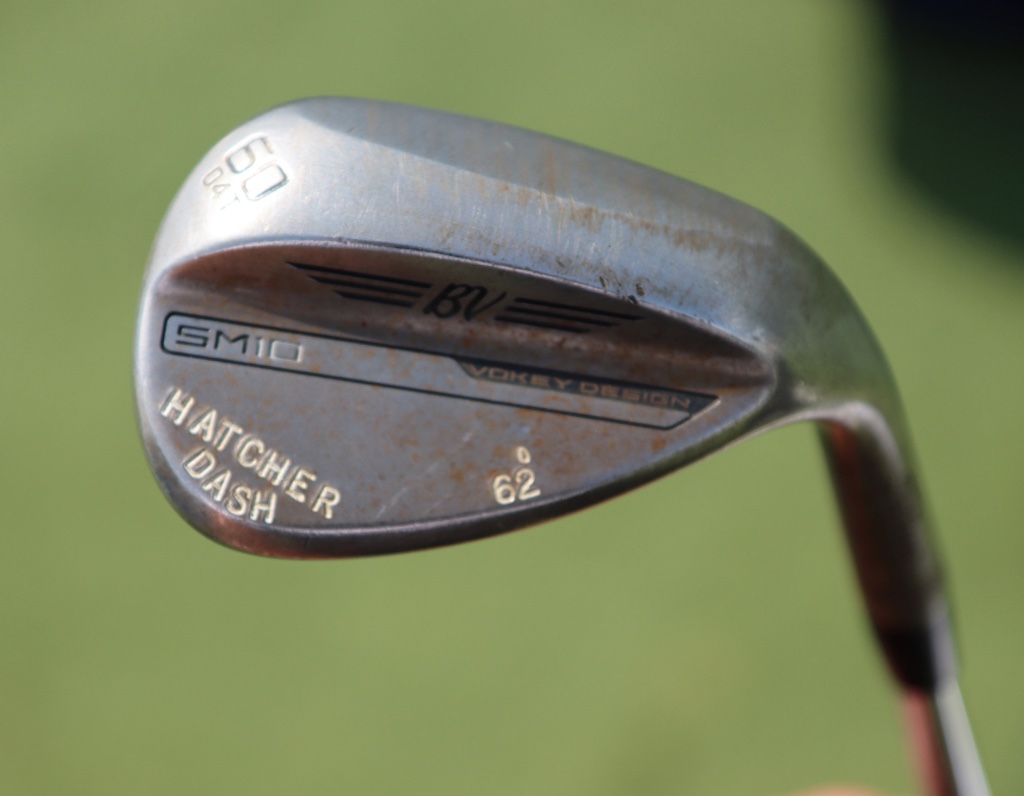
- Peter Malnati what’s in the bag accurate as of the Wyndham Championship. More photos from the event here.
Driver: Titleist GT3 (10 degrees, C2 SureFit setting)
Shaft: Project X Denali Blue 60 TX
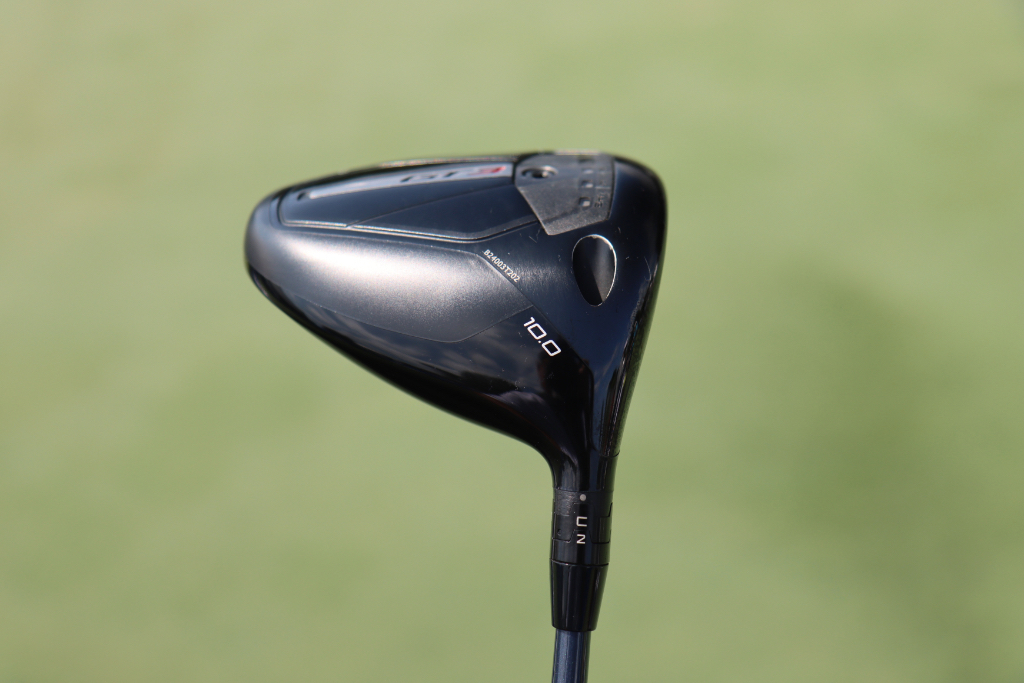

3-wood: Titleist GT3 (15 degrees, A1 SureFit setting)
Shaft: Fujikura Ventus TR Blue 7 X
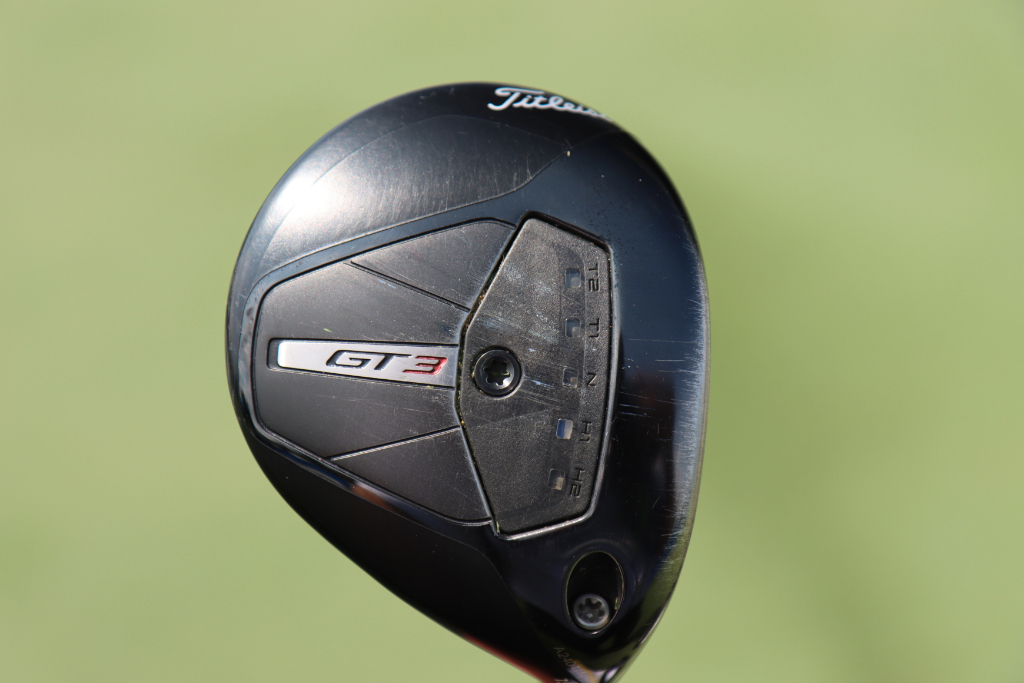
7-wood: Titleist GT2 (21 degrees, D1 SureFit setting)
Shaft: Fujikura Ventus TR Blue 8 X
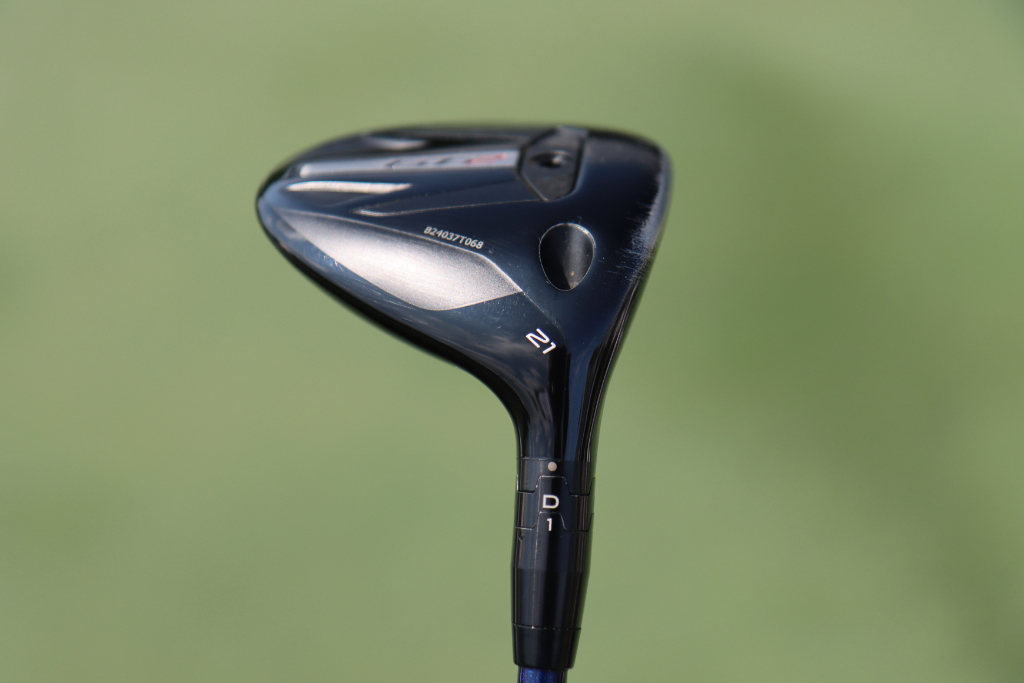
Irons: Titleist T150 (4, 5), Titleist T100 (6-9)
Shafts: True Temper AMT Tour White X100
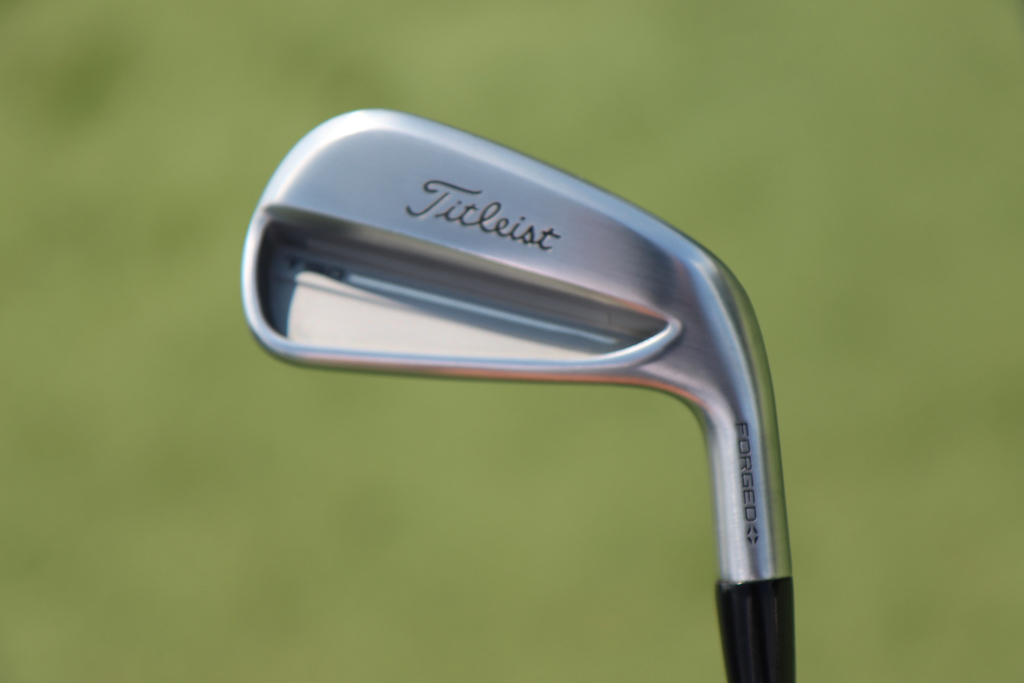
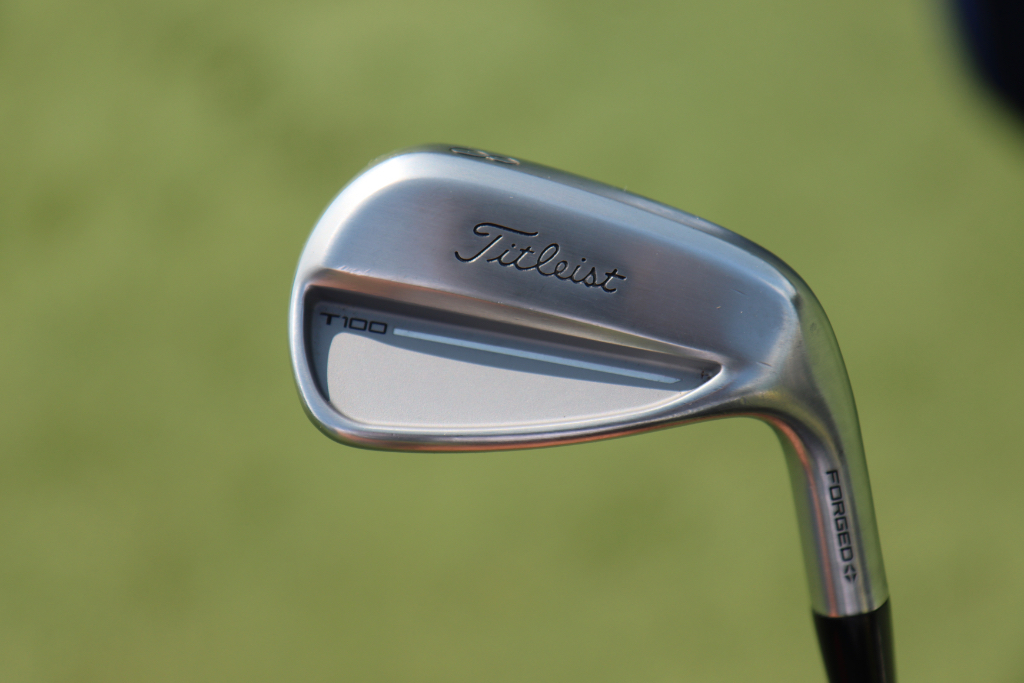
Wedges: Titleist Vokey Design SM10 (48-10F @47, 52-12F, 56-08M @57, 60-04T @62)
Shafts: True Temper Dynamic Gold Tour Issue S400
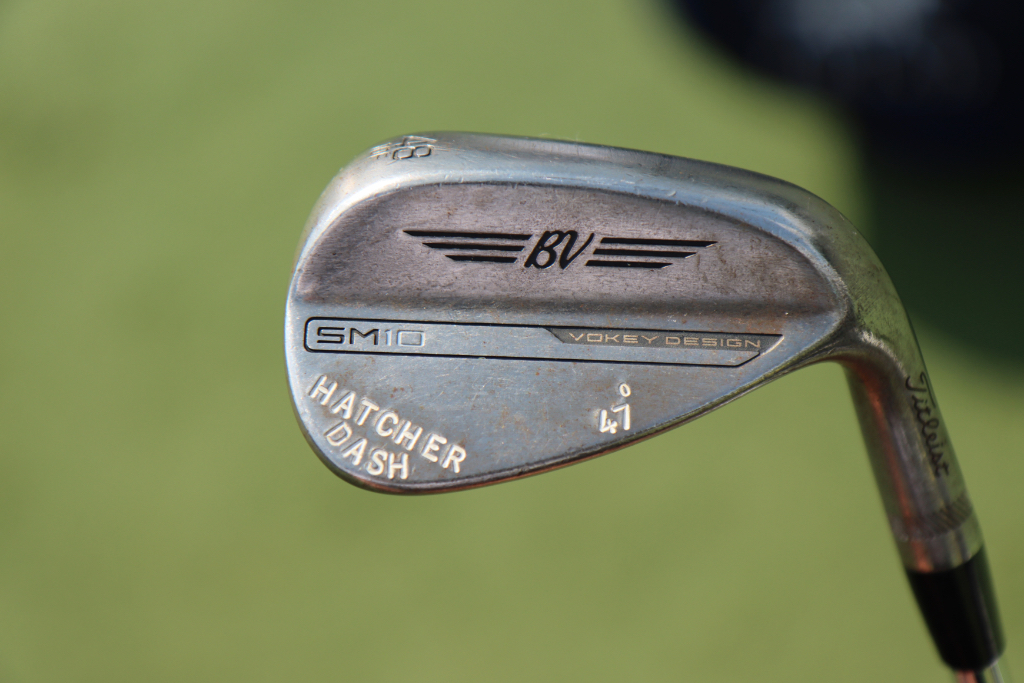
Putter: Scotty Cameron Studio Style Fastback 1.5 Tour Prototype
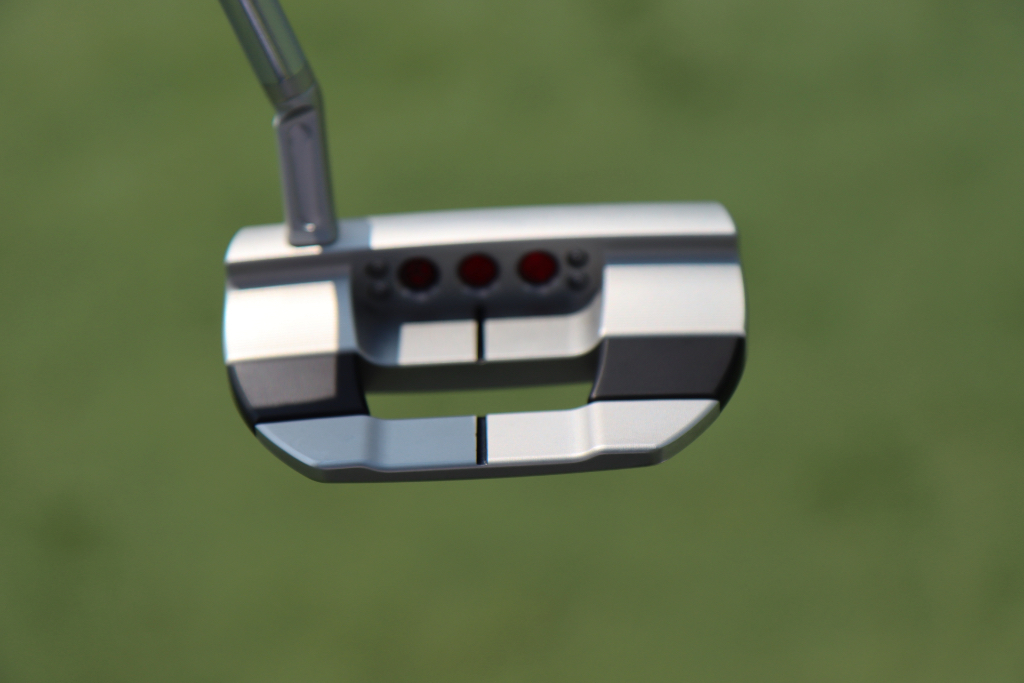
Grips: Golf Pride Tour Velvet
Ball: Titleist Pro V1x Yellow
Equipment
GolfWRX Members Choice presented by 2nd Swing: Best driver of 2025
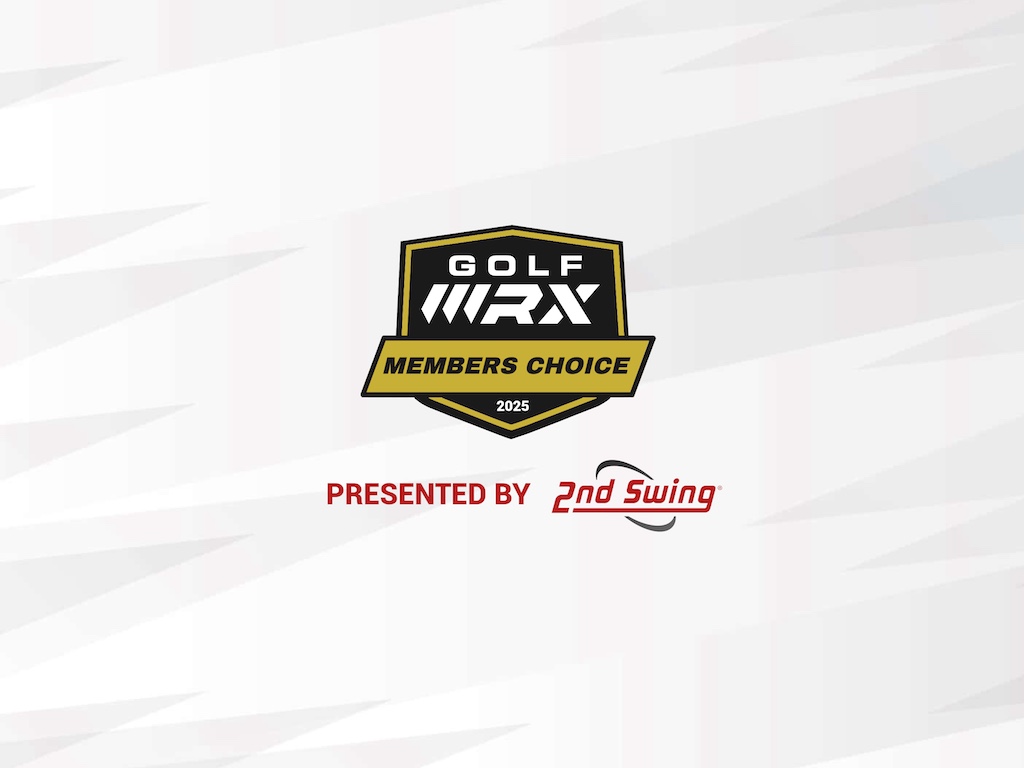
We’re proud to once again partner with 2nd Swing Golf to bring you GolfWRX Members Choice 2025! 2nd Swing has more than 150,000 new and pre-swung golf clubs available in six store locations and online. Check them out here.

What is the best driver in 2025? At GolfWRX, we take great pride in our online community and the cumulative knowledge and experience of our members. When it comes to the best driver of 2025, we want to know what our forum faithful think.
Since our founding in 2005, the bedrock of GolfWRX.com has been the community of passionate and knowledgeable golfers in our forums, and we put endless trust in the opinions of our GolfWRX members — the most knowledgeable community of golfers on the internet. No other group of golfers in the world tests golf clubs as frequently or as extensively, nor is armed with such in-depth information about the latest technology.
Below are the results of GolfWRX member voting for the 2025 best driver, along with the vote percentage for each club.
Best driver of 2025: The top 5
5. Callaway Elyte Triple Diamond: 6.02%
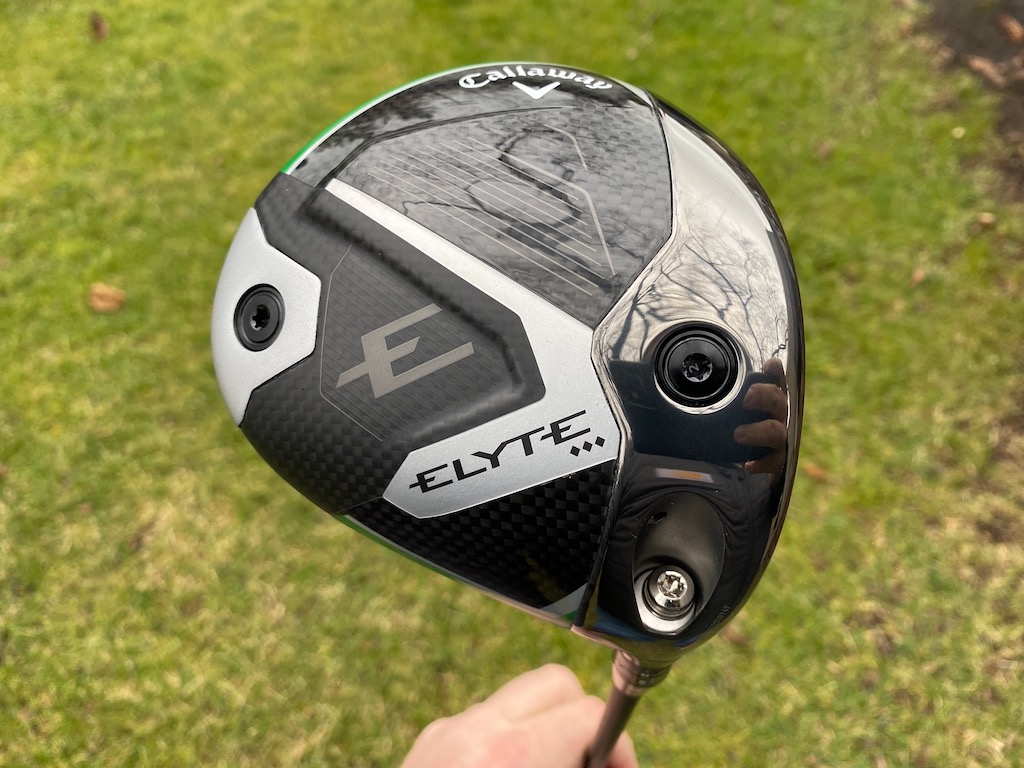
Callaway’s pitch: “For golfers looking for a fast, forgiving, yet workable driver, the Elyte Triple Diamond features a tour-inspired shape and is the preferred model by most Callaway tour players.”
You can read what other golfers are saying about the driver in the GolfWRX forums, and see our launch piece here. Shop the Callaway Elyte Triple Diamond here.
4. Ping G440 Max: 6.86%
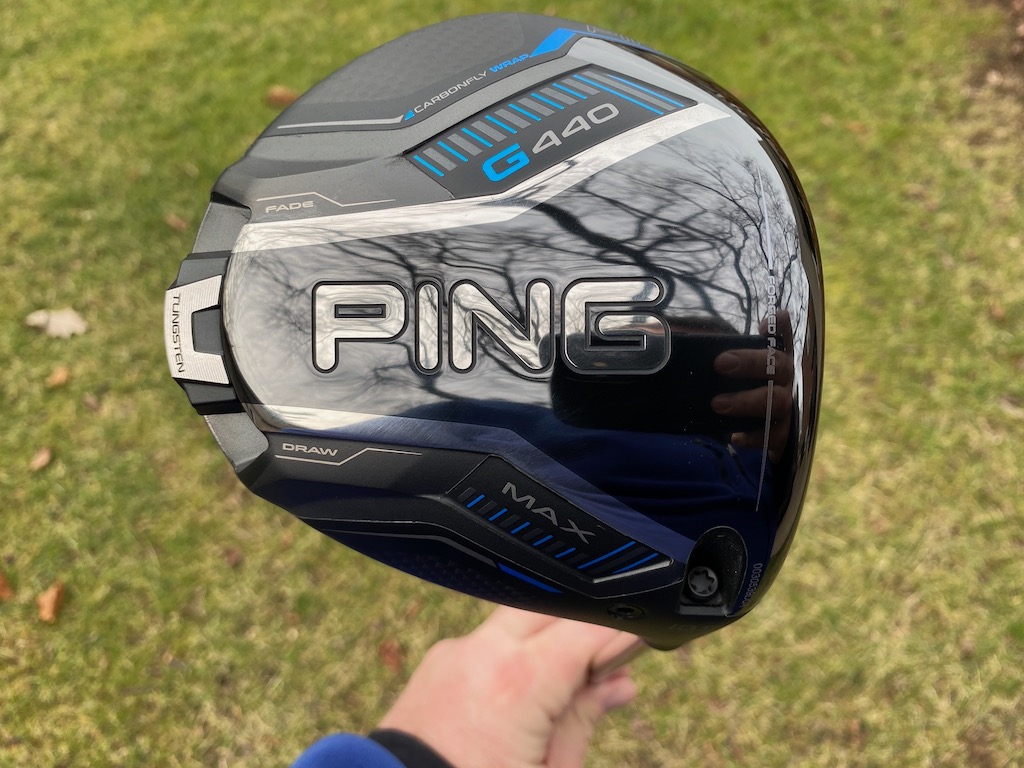
Ping’s pitch: “The most forgiving G440 model, MAX has a hotter face to generate speed and distance, and a lighter overall system weight with a longer shaft (46″) for faster clubhead speed, higher launch and longer carries. The Free Hosel and Carbonfly Wrap crown save weight to create our lowest CG ever and increase forgiveness while contributing to a more muted, pleasing sound.”
You can read what other golfers are saying about the driver in the GolfWRX forums, and see our launch piece here. Shop the Ping G440 Max here.
3. Ping G440 LST: 9.53%
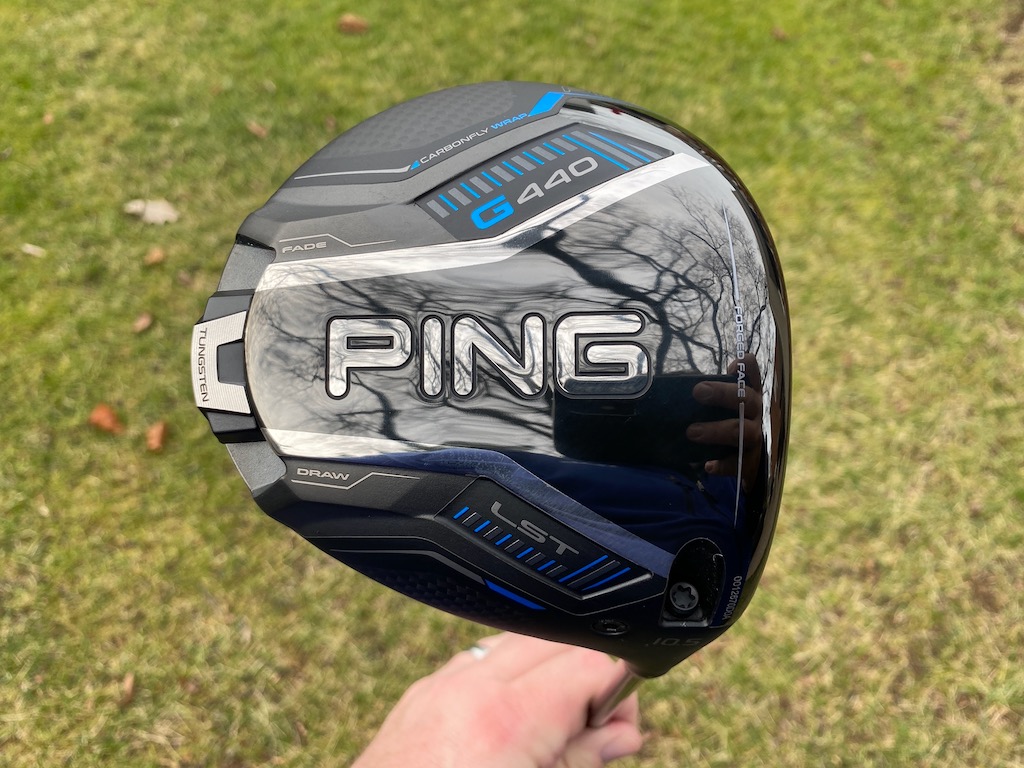
Ping’s pitch: “LST is an especially good fit for faster swings, offering less spin and more control with a penetrating trajectory. A hotter face, lighter overall system weight and longer shaft (46″) deliver more speed and distance while maintaining tight dispersion.”
@phizzy30: “Not a fan of Ping drivers in general, but 440 LST takes the cake. It’s super forgiving across the face for a low spin head, looks and sounds good and the ability to make it play neutral or slightly fade biased through the hosel settings is very appealing.”
You can read what other golfers are saying about the driver in the GolfWRX forums, and see our launch piece here. Shop the Ping G440 LST here.
2. Titleist GT3: 16.55%
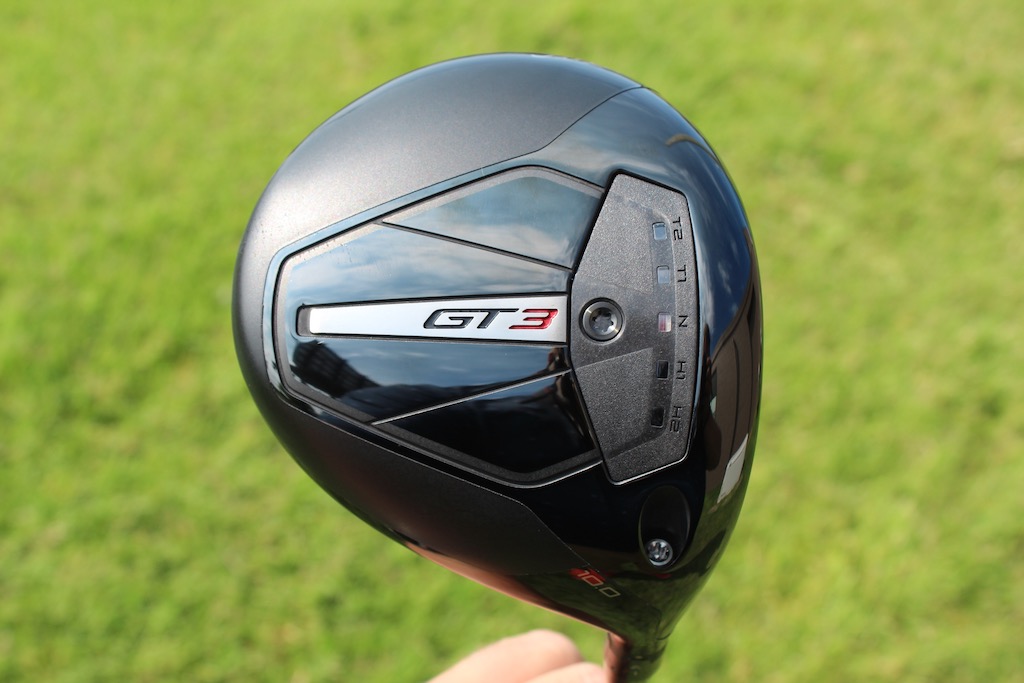
Titleist’s pitch: “The GT3 Driver offers Titleist’s boldest combination of power and personalization through adjustable performance. Dial in the CG Track to your frequent contact location to make your biggest drives even bigger while taking total control over flight and shaping.”
@mrmikeac: “I’ve been Anti-Titleist for years and years and years (outside of Vokey, of course). With that being said, HOLY BEGEEZUS the GT3 driver is an absolute NUCLEAR MONSTER! This thing blew my G430 10K Max out of the water in every single category. Forgiveness is the biggest thing that stands out of me, the 3 model has always been one of the less forgiving models in the past but this GT3 can take bad shot after bad shot and still end up in the fairway, I think a ton of that has to do with the adjustability, it’s actually effective. Feel and sound is perfect, that solid crack is so addicting to hear and when you hit it out the screws this thing can absolutely bomb it. Titleist, I’m sorry for doubting you. You have converted me.”
You can read what other golfers are saying about the driver in the GolfWRX forums, and see our launch piece here. Shop the Titleist GT3 here.
1. Titleist GT2: 22.91%
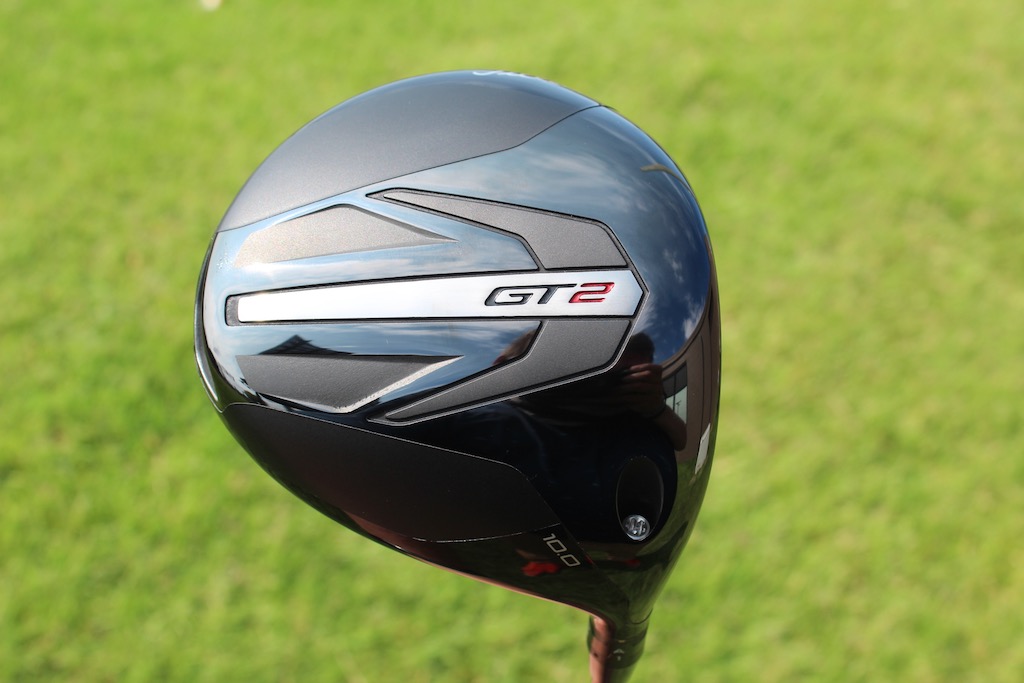
Titleist’s pitch: “Delivering impressive distance from any impact point, the Titleist GT2 Driver extracts maximum performance through a forgiving design. Get the stability and added confidence of a high-MOI driver without sacrificing speed.”
@DTorres: “The Titleist GT2 has proven to be the best driver of the year. Packaged in a classic profile, GT2 perfectly balances performance and forgiveness while consistently being a high performer across all categories.”
You can read what other golfers are saying about the driver in the GolfWRX forums, and see our launch piece here. Shop the Titleist GT2 here.
Other drivers receiving >2% of the vote
| Driver | Vote percentage (%) |
|---|---|
| Cobra DS Adapt Max K | 4.85% |
| Ping G430 Max 10K | 3.85% |
| Callaway Elyte Triple Diamond | 3.68% |
| TaylorMade Qi35 | 3.51% |
| Callaway Elyte | 3.18% |
| Cobra DS Adapt X | 2.34% |
| Cobra DS Adapt LS | 2.17% |
| TaylorMade Qi35 LS | 2.17% |
View this post on Instagram









